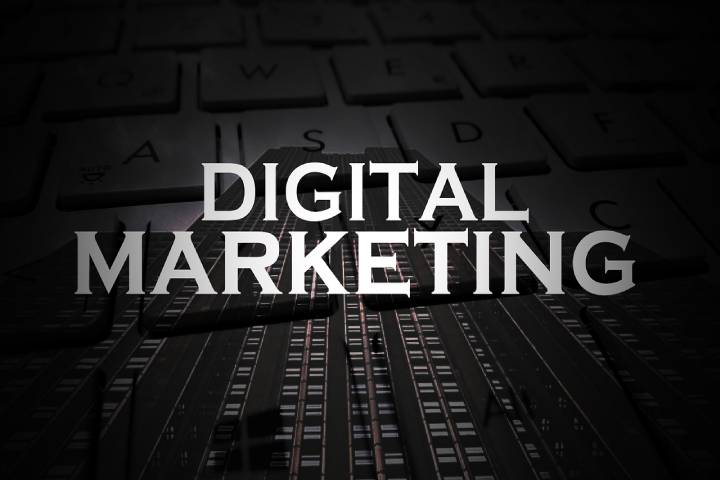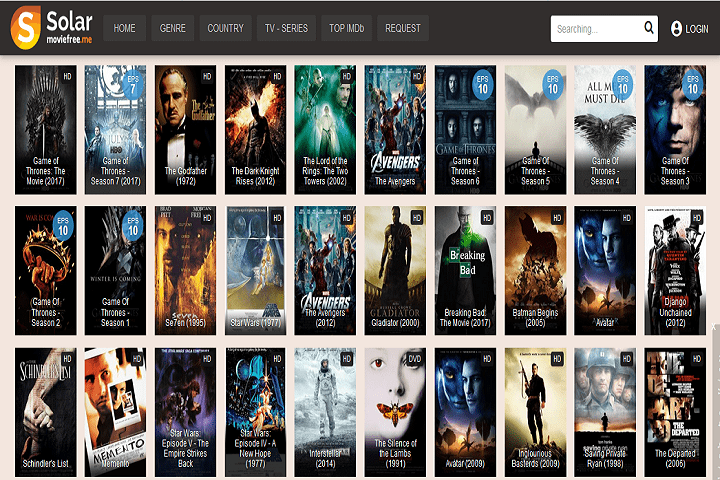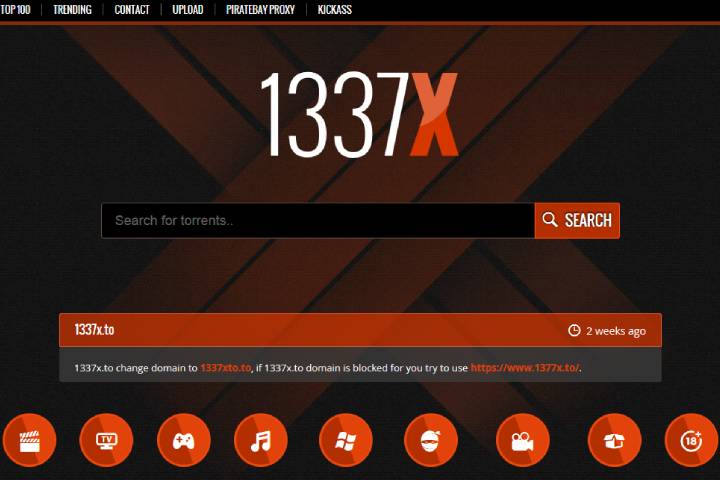Business
4 Ways Employees Compromise Security (And How You Can Solve Them)
Employee carelessness could lead to a data breach that can destroy your business. Read on to discover how workers can undermine your company’s security.

In a perfect world, employees would have great cybersecurity habits. They will make sure never to place their company’s data or network at risk.
This isn’t a perfect world, though. Although office workers can be trustworthy and loyal, a lack of IT policies and occasional carelessness could cause a harmful data breach that can ruin your business reputation and shutter your company.
How can employees compromise their enterprise data security?
Here are four ways they can put your sensitive private and customer data at risk:
Table of Contents
1. Insider Malice
No business manager or owner likes to think that their trusted business partners or the people on their team have it out for them. Sadly, a few bad apples can sometimes get past human resources or talent acquisition. The worst part is that malicious insider attacks are incredibly difficult to detect.
You can prevent or mitigate insider malice by getting to know the mind of your attacker. Put yourself in the shoes of a dissatisfied worker looking to take down their employer. You probably wouldn’t launch an attack while you’re using the company computer and still on the corporate payroll.
You would, however, be likely to launch a cyberattack a few days before or after your last day. If you still have your company e-mail and VPN login (and they still work), you could get into your ex-company’s servers from the comfort of your home.

Start by limiting privileged access to sensitive data, such as intellectual property, personally identifiable information and customer details. Then, immediately revoke the access rights of employees who resign or leave your company without notice. And remember to dispose of drives you’re no longer using, these can be used for malicious scams or cause consumer privacy breaches. It’s always best to employ a hard drive destruction service to ensure the data is gone.
Also, try getting cloud software that can back up and protect your data. You could, for instance, purchase and download an Office 365 e-mail backup solution to make sure that your e-mail data stays protected and is easily recoverable in the event of a cyberattack or a security threat.
2. The Use of Weak or Lazy Passwords
According to a report from PCMag, the top three common passwords for 2020 are picture 1, 123456789, and 123456. These passwords are so laughably insecure that you’re practically rolling out the red carpet for hackers and other cybercriminals.
When you have employees adhering to poor password practices, you need to create and implement a strong password policy to prevent an enterprise data security disaster. Make sure your workers receive a notification to change their passwords every quarter. What’s more, the new password must adhere to the following requirements:
- It shouldn’t match the previous passwords.
- It must contain at least nine characters (the longer, the better).
- It needs to include a combination of symbols, upper- and lower-case letters, and numbers.
Changing and memorizing a long, complex password can be highly inconvenient for some employees. One trick to creating this kind of password is to learn a sentence only you can identify.
Take this sentence as an example: “My best friend munches a batch of French fries.” Turn that into an acronym, and you’ve got: MbfmabofFf. You could turn the letter “o” into a zero, then add the birth date of your best friend (or whatever special number you feel like adding). Finally, start or end the password with a symbol.
3. Web Surfing
Office workers often use the company’s internet to surf the web during lunch breaks or downtime. If your tech staff doesn’t protect and configure your systems properly, employees may come across websites with malware, which can cause machines and other devices to become infected.
As a business owner or manager, you can restrict access to specific sites that your company or tech team determines as dangerous or inappropriate. Although this tactic works well for well-known and distinctive destinations, it may be time-consuming and complex to administer.
If you insist on this strategy, make sure to supplement it by securing systems with anti-spyware and anti-virus software. What’s more, train your employees on the value of staying careful on the web.

4. Malicious E-mail and Phishing
Fraudulent e-mails can destroy your company’s IT and network security, as well as compromise your data. They may contain harmful attachments, codes, or links that give cybercriminals access to devices and data.
You can stop these malicious e-mails from harming your business by educating your workers about recognizing suspicious e-mails.
A few of the red flags they should look for include the following:
- Offers and promotions that are “too good to be true.”
- Unwarranted technical or customer support
- Popular companies have deceptive URLs and misspelled names, such as Amazon.com.
- Unsolicited or suspicious downloads or attachments.
You hired your employees to help grow your business, not destroy it with poor cybersecurity practices. Implement strict IT policies and use the right tools that can protect your organization from criminals.
Business
Navigating the Process of Selling Deceased Estate Shares
This article aims to provide a comprehensive guide to selling shares from a deceased estate. Process of Selling Deceased Estate Shares.

Table of Contents
1. Understanding the Basics of Selling Deceased Estate Shares
Dealing with a deceased estate can be a challenging and emotional process, especially when it comes to handling financial assets like shares. This article aims to provide a comprehensive guide to selling shares from a deceased estate.
2. What are Deceased Estate Shares?
Deceased estate shares refer to the stocks and shares that were owned by an individual who has passed away. These shares become part of the deceased’s estate and are subject to the terms of their will or estate plan.
3. The Importance of Valuing the Shares
The first step in selling deceased estate shares is to obtain a current valuation. This valuation is crucial for several reasons: it helps in distributing the estate among beneficiaries, it may be necessary for tax purposes, and it gives an idea of the market value of the shares.
4. Legal Requirements and Executor Responsibilities
The executor of the estate plays a pivotal role in the management and distribution of the deceased’s assets. This section will cover the legal responsibilities and steps the executor needs to take to lawfully sell the shares.
5. Obtaining Probate
Before any action can be taken with the shares, it’s often necessary to obtain probate. Probate is a legal process that confirms the executor’s authority to deal with the deceased’s assets.
Transferring Shares into the Executor’s Name
Once probate is granted, shares may need to be transferred into the name of the executor. This process varies depending on the company and the type of shares.
6. The Process of Selling Shares
After completing legal formalities, the executor can proceed with selling the shares. This section will outline the steps involved in this process, including choosing a brokerage or financial service, understanding market conditions, and making informed decisions.
Deciding on the Right Time to Sell
Timing can significantly impact the returns from selling shares. Executors need to consider market conditions and financial advice to determine the best time to sell.
Completing the Sale
This subsection will detail the actual process of selling shares, including placing orders, handling transaction fees, and ensuring all regulatory requirements are met.

7. Navigating Tax Implications and Reporting
Managing tax obligations is a critical aspect of selling deceased estate shares. This section will explain the potential tax implications and the importance of accurate reporting for both capital gains tax and inheritance tax considerations.
Understanding Capital Gains Tax Responsibilities
When shares are sold, any profit made from the time of the deceased’s passing to the sale date may be subject to capital gains tax. Executors need to be aware of these implications and plan accordingly.
Inheritance Tax Considerations
In some jurisdictions, the value of the deceased estate’s shares might impact inheritance tax calculations. It’s essential for executors to understand these aspects in order to ensure compliance with tax laws.
8. Common Challenges and How to Overcome Them
Selling deceased estate shares can present unique challenges. This section will discuss common issues such as disputed wills, fragmented information about the shares, and market volatility.
Dealing with Disputed Wills and Beneficiary Disagreements
Disputes over the will or disagreements among beneficiaries can complicate the process. Executors must handle these situations delicately and legally.
Managing Market Volatility
Shares can be subject to market fluctuations. Executors should be prepared for this volatility and may need to consult financial advisors to navigate these waters effectively.
9. Tips for Executors Handling Deceased Estate Shares
This section will provide practical advice for executors, including the importance of seeking professional advice, keeping thorough records, and communicating clearly with beneficiaries.
Seeking Professional Financial and Legal Advice
The complexity of selling shares from a deceased estate often necessitates professional advice. This can range from legal counsel to financial advisory services.
Record Keeping and Communication with Beneficiaries
Maintaining transparent and thorough records is crucial. Executors should also prioritize clear and consistent communication with all beneficiaries to avoid misunderstandings.
Conclusion
Selling shares from a deceased estate is a responsibility that requires careful attention to legal, financial, and interpersonal dynamics. By understanding the process, staying informed about tax obligations, and tackling challenges head-on, executors can fulfill their duties effectively and respectfully.
-

 Instagram4 years ago
Instagram4 years agoBuy IG likes and buy organic Instagram followers: where to buy them and how?
-

 Instagram4 years ago
Instagram4 years ago100% Genuine Instagram Followers & Likes with Guaranteed Tool
-

 Business5 years ago
Business5 years ago7 Must Have Digital Marketing Tools For Your Small Businesses
-

 Instagram4 years ago
Instagram4 years agoInstagram Followers And Likes – Online Social Media Platform
















